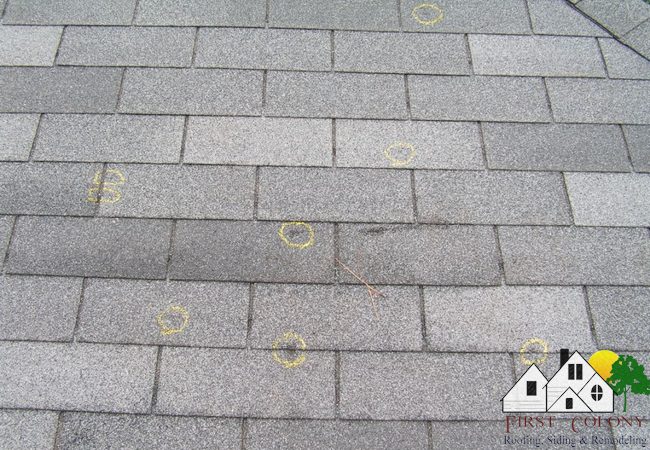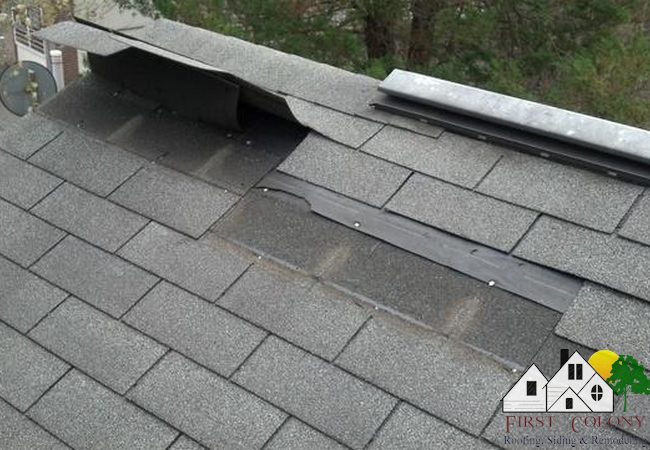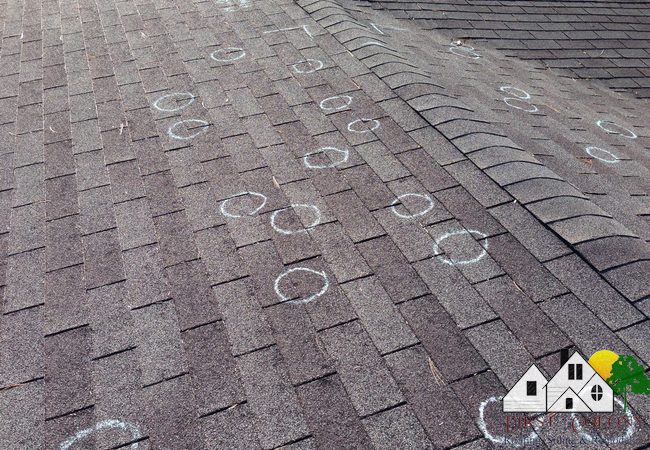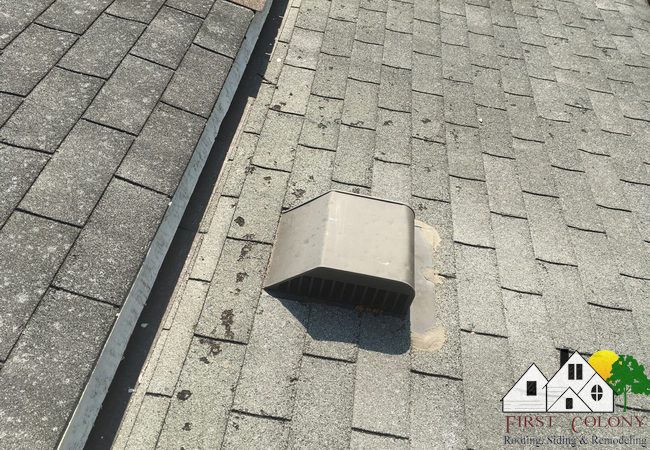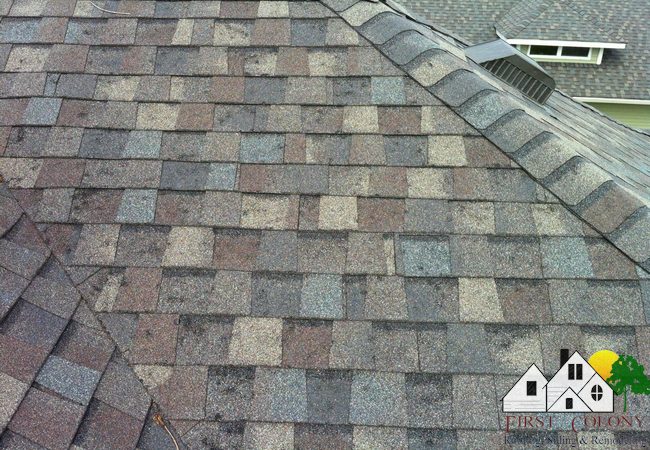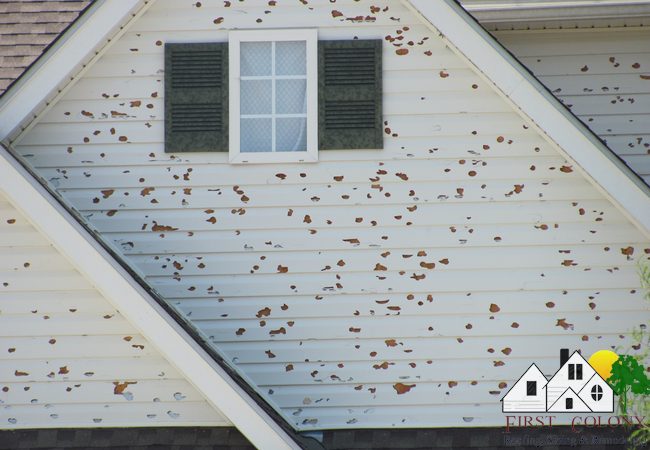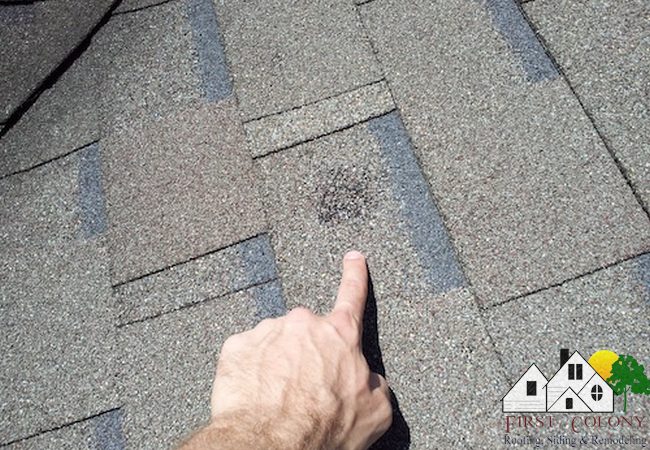Even when a storm produces no rain or hail, your roof can still sustain damage. Strong winds can create stress points on a roof that, over time, can weaken and become compromised. While roofs are designed to resist typical wind loads, they can be incrementally damaged over the years by high winds and debris carried by the wind. Replacing missing shingles and fixing the initial roof damage quickly is important to prevent subsequent water damage and high fuel costs that will inevitably result from a roof system that is not working as it should.
How Wind Damages Your Roof
The effect of wind moving over a roof is not uniform. Areas like the corners and perimeter of the roof can be susceptible to higher wind pressures, while the center of the roof might have lower stresses. According to the National Roofing Contractors Association (NRCA), most wind damage to a roof starts on the edge. Anywhere the roofing material is even a little bit loose, the wind can get below it and push it up, thus giving the wind more to grab onto next time and creating a chain peeling effect. This type of wind damage can start very small, but continue to grow over time through repeated exposure to wind.
Once a whole corner of insulation is exposed, rain can get in and start to cause leaks and water damage. Homeowners can avoid this type of wind damage by making sure materials on the edge and corners of their roof are strong enough and in good condition to withstand high winds.
Flying Debris and Tree Damage
Significant wind events also move debris which can make its way onto your roof. Shards of glass, tree branches, and other debris can sometimes be more damaging than the wind itself. When inspecting the roof after a wind event, investigate what might have blown onto or across the roof. Also, it’s a good idea to check your gutters and downspouts as debris can easily clog them and create other headaches down the road. Keep trees trimmed and away from your roof. Tree branches touching a roof will scratch and gouge roofing materials when the branches are blown by the wind. Falling branches from overhanging trees can damage, or even puncture, shingles and other roofing materials.


